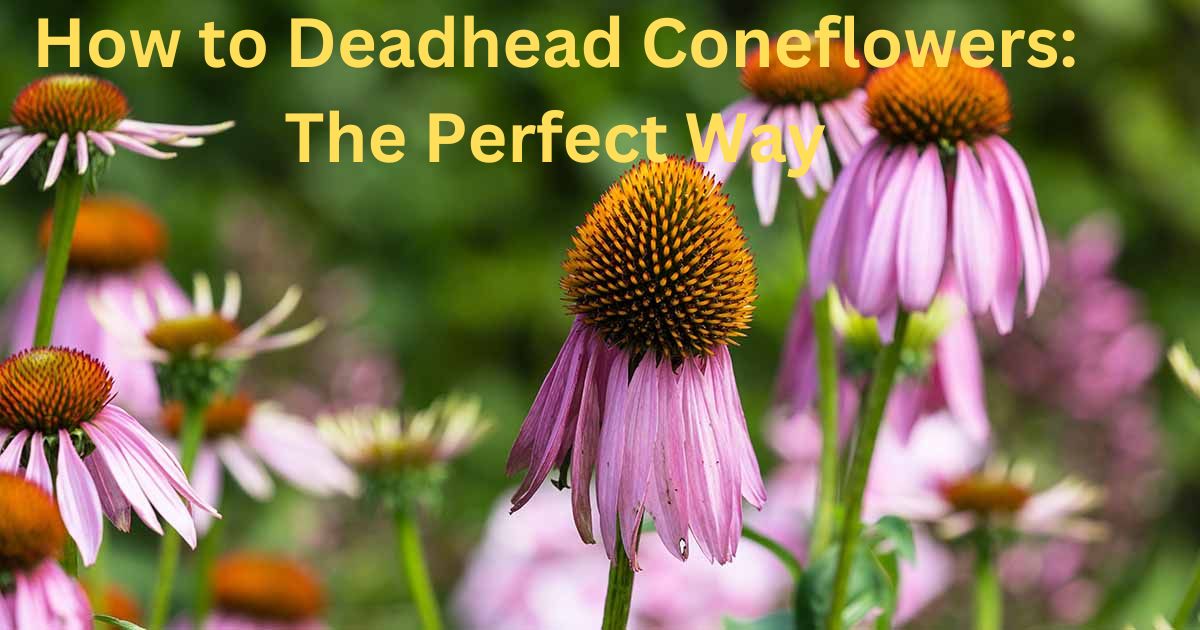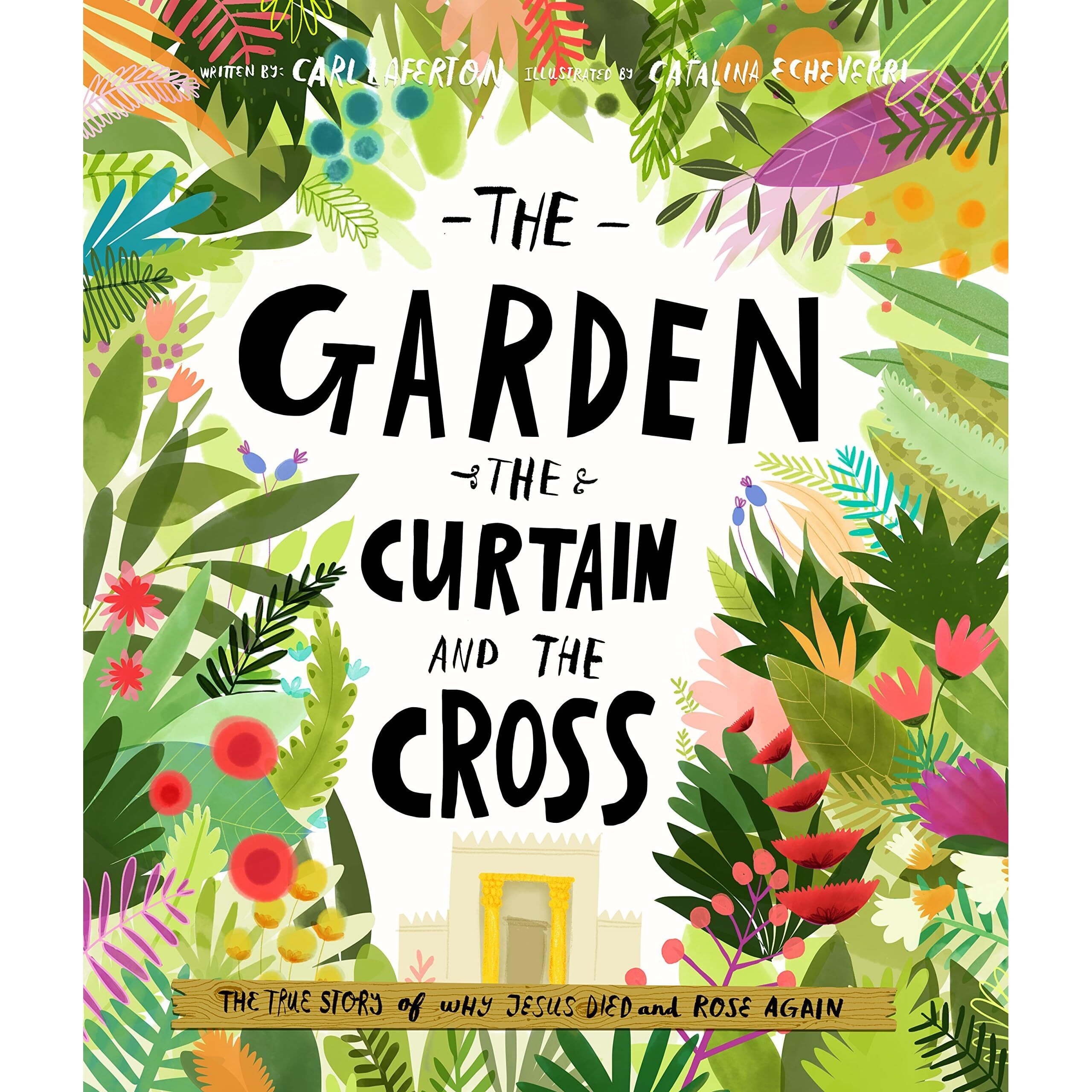Deadhead Coneflowers (Echinacea) are treasured for their vibrant blooms that attract butterflies and pollinators throughout summer. While they are relatively low-maintenance, Deadheading Echinacea can significantly extend their flowering period and keep your garden looking its best.
Purple coneflower (Echinacea Purpurea) is a popular native plant. Butterflies, Bees, and other pollinators are drawn to its large, colorful seed head, and its light purple petals add eye-catching color to a garden for several months.
Due to their ability to grow up to five feet tall, purple coneflowers are frequently asked to be dropped or shortened in height. The answer is simple: you don’t need to do it, but it can improve the appearance and shape. Here is an easy tip on maintaining your echinacea plants.
Native to the US, Echinacea has been a favorite wildflower and valuable herb for centuries. Long before settlers arrived in North America, Native Americans cultivated and used Echinacea as an herbal remedy for colds, coughs, and infections. Also known as purple coneflower, coneflower has grown wild and happy for hundreds of years without human “help” and can grow for many years in your garden or flower beds without any maintenance. When I suggest coneflowers to a client, I am often asked, “Do you need dead coneflowers?” Continue reading to find out the answer.
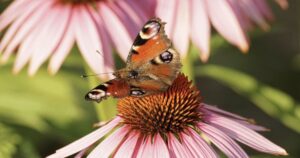
What Is Deadheading?
A flower produces seeds after it blooms unless it is cut from the plant before it has a chance.
The process of cutting off individual spent flowers, as well as stems containing several flowers that have finished blooming, is called wilting.
Stems are cut at the base, where they originate, or slightly above the leaf node. Redirected energy from reproductive growth goes toward vegetative growth, producing more buds and flowers in the end, as well as lateral growth.
Additionally, some people cut the tips of growing stems earlier in the How to Grow Lemongrass growing season, offering a potentially large bloom to promote lateral growth of a bushier, more flowering plant.
In warmer areas, plants on a summer lull are often not only dead but also cut back to half their height for later growth.
It is not recommended in colder regions as there may not be time to rebloom before the first frost.
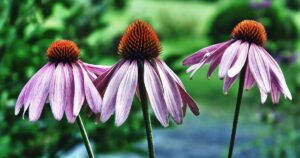
The Nature of Coneflower
Coneflowers have an upright stem that emerges from a basal mound of foliage. A terminal bud on each stem blooms for a few weeks. Lateral growth can yield more buds after flowering.
Here in southeastern Pennsylvania, the first flush of Echinacea reaches in late spring to early summer.
And although species like the purple, E. purpurea, and the yellow, E. paradoxa, are called continuous flowering, they tend to be most vigorous early in the season, before summer heats up.
This year, we have had a cool, wet spring interspersed with some hot, dry days.
My neighbor’s tall purple coneflower is in full, glorious splendor in partial shade, while my more compact reds are basking in the sun, still in the bud stage.
I tell you this to illustrate that plant performance varies widely and is affected not only by type but also by conditions such as exposure, moisture, nutrients and soil quality.
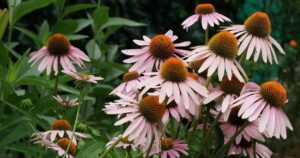
How to Choose Coneflower Deadheading?
With the dozens of coneflower varieties available, which ones should you grow? The short answer is the ones you think are pretty and have space (check the plant label for information on this). Need some suggestions? Try these:
- Coneflowers come in a variety of native species, but the most well-known is the purple variety, which usually reaches a height of two to four feet.
- ‘White Swan’ is a well-liked variety that grows up to 4 feet tall and has large white flowers, among other easily found varieties.
- Many varieties of dwarf coneflower stay quite packed, such as “Kim’s Knee High” (with pinkish-purple flowers). Plant them if you have a small garden, as you will get many flowers in a small space.
- You will also find echinacea varieties that barely resemble coneflowers, such as the double hybrid types that have two rows of petals. Just keep in mind that some of them have flowers that don’t last less time in the garden than others.

Do You Need to Deadhead Coneflowers?
While most of us would love to spend all day, every day, in our gardens, real life gets in the way. Rather, we select easy, low-maintenance plants that look like they’ve spent hours in the garden when, in reality, they only require a few minutes here or there to care for. I often suggest Echinacea, which tolerates poor soil, excessive heat, drought, and full sun to partial shade and will bloom continuously whether you cut it or not. Coneflowers sound perfect now. It gets better. When in bloom, Echinacea attracts and feeds bees and a mixture of butterflies (such as Fritillaries, Skippers, Viceroy, Swallowtails, Red Admiral, American Lady, Painted Lady, and Silvery Checkerspot).
When they finish blooming, their seed-covered “cones” provide valuable food from late summer through winter for many birds (such as goldfinches, titmice, blue jays, cardinals, and goldfinches). So when I’m asked about dead echinacea plants, I generally recommend only cutting off the dead flowers during the flowering period to keep the plant looking beautiful but leaving the wilted flowers in late summer or winter for birds.
You can also cut back Echinacea to prevent it from reseeding itself throughout the garden. Although it does not reseed itself as aggressively as Rudbeckia, older varieties of Echinacea can reseed themselves. Newer hybrids generally do not produce viable seeds and do not self-seed. These newer hybrids are also of little interest to birds.

How do you Deadhead Coneflowers?
To cut plants with thick, tough, or fibrous stems, use pruning shears, scissors, or a knife. On most plants, trim back the spent flower, cutting it back just above the next bud or leaf on the stem.
When to Deadhead Coneflowers?
Depending on where you live, Deadhead Coneflowers start to bloom in June. This flowering period can last until October if conditions are right. These flowering perennials are made up of many unique flowers, and each of these flowers can last for a few weeks.
Now, at what point have you decided to stop using it? It depends entirely on you and the aesthetics of your garden. The timing will also be different depending on the amount of water and sunlight the coneflowers receive.
I wait to cut my coneflowers until the petals have lost all their color and turned brown. I have a lot of coneflowers in my garden, and I am fine with replenishing them quickly.

How to Care for Coneflower?
This hardy plant is easy to maintain, but you’ll need to make sure you follow basic care requirements to have healthy blooms that return each spring.
Water
After planting Echinacea, you should continue to water it every other day for about three to four weeks to help it establish. “If hot, dry weather persists, water at least once a week,” says Rosling. “Hopefully, after a year, there will be no need to supply water.” When watering, provide approximately 1 liter of water each time.
Light
Although the plant can tolerate some shade, Echinacea should generally be planted in an area that accepts at least 6 hours of full sunlight per day.
Soil
Coneflower Deadheading prefers clay, well-drained soil. “For many of us, we can also find sand or clay,” says Rosling. “If you mix compost with sand and clay, that will help the coneflowers thrive.” If you keep your Echinacea in a pot rather than transplanting it into the ground, use a mixture of potting soil (containing peat moss) and soil conditioner. “Peat retains moisture, and since coneflowers are meadow plants, too much moisture will definitely lead to rot,” says Rosling. “Soil conditioner is porous, and blended soil will give better results.”
Fertilizer
To get the best results from your deadheading coneflowers, you should add some fertilizer during the winter or early spring. “I like to cover the soil around the plant with a good five inches of compost,” says Christina Matthews, florist and urban florist and owner of The Flower Lady. “I found that in my gardens, compost is all they need for the plant to provide me with an infinite amount of summer flowers.”
However, if composting isn’t your thing, you can use a slow-release fertilizer like plant tonic or another low-ratio product. “Echinacea will not thrive on synthetic fertilizers,” says Rosling. “You can use fertilizer or plant substrate for both in-ground and potted plants.”

Deadheading Echinacea Different Garden Plants
Deadheading Echinacea flowers shouldn’t be a daunting task, and the vast majority of plants don’t need a special technique; It’s just a matter of knowing where to pinch, split or trim spent flowers:
- Garden Plants: Tender plants grown in beds, containers and hanging baskets respond well to fall. Faded flowers of Argyranthemums, heliotropes, pansies, polyanthus and petunias can be removed with your index finger and thumb, pinching the flower and its stem.
- Pelargoniums: Remove individual flowers and then use pruning shears to remove entire clusters and the long flower stem to just above where it joins the main stem. Alternatively, grab the flower stem and pull it down to separate it from the main stem; the stem should snap cleanly.
- Roses: Carefully remove faded flowers from hybrid tea roses, breaking the stem just below the head. This method encourages more flowers more quickly than cutting with pruning shears. For other roses, cut individual flowers or flower clusters to just above the next leaf.
- Shrubs: The height of a shrub may make deadheading impractical, but examples of shrubs that benefit from Deadheading Echinacea are rhododendrons (and azaleas), camellias, lilacs (Syringa), and tree peonies. Use a finger and thumb to pick or cut off each deadhead where it attaches to the stem or pruning shears to cut just below the flower head. Be careful not to damage the new growth buds immediately below the flower.
- Climbers: Deadhead climbers were handy, particularly Eccremocarpus, as it quickly produces seed pods. Most have tough stems, so use pruning shears to cut near the base of each flower stem.
- Bulbs: Remove flowers from larger bulbs, such as daffodils, by cutting or pinching the flower stem just behind the bulb’s seed capsule. Leave the green flower stem in place while it photosynthesizes (produces food), which will help the bulb bloom well next season.
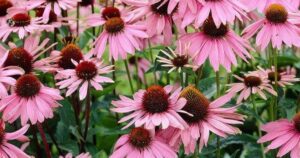
Do I need to Deadhead? How do I Deadhead Coneflowers?
Some compliant plants don’t need cutting; those like fuchsias, garden lobelias and salvias either produce few seeds or clearly wilt, saving you the task. Other examples of situations where deadlock is not necessary include:
- Plants that produce seeds loved by birds, such as rudbeckias, cornflowers and sunflowers.
- Plants that produce rose hips or decorative, bird-friendly berries, such as many species and climbing roses, many Viburnum and Amelanchier.
- Plants that have ornamental seeds, such as Love in the Mist (Nigella), Stinking Iris (Iris foetidissima), honesty (Lunaria annua), and Chinese Lantern (Physalis alkekengi)
- Plants that produce such an abundance of flowers that they make dying impractical, such as Deutzia, Spiraea, Thalictrum, many asters, alyssum (Lobularia maritima), and creeping campanula.
- Plants that are difficult to reach safely, such as many trees and vigorous climbers, Not cutting them back like Clematis Montana and climbing hydrangeas will not significantly affect your display.
- Where do you want the plants to self-seed or plan to collect seeds to sow later?
What are other Care Tips for Deadheading Purple Coneflowers?
Deadheading purple coneflowers are hardy perennials, low maintenance, and relatively easy to grow. Here are some tips on how to successfully grow this plant:
Site Selection: Select a sunny location with well-drained soil. Deadheading purple coneflowers prefer bright sunlight but can tolerate less sun and some light shade. Avoid planting in places with standing water or overly wet soil.
Planting:
- Plant purple coneflower in spring or mid-to-late fall.
- Dig a hole that is slightly larger than the root ball and place the plant in the hole.
- Fill with soil, tamp it down and water thoroughly.
Watering: Deadheading purple coneflowers are drought tolerant and do not require much water once established. Water regularly during the first growing season to help the plant establish its roots.
Seed Collection: Flower heads provide seeds in late fall and self-seed freely if not dead. Seeds can be collected in the fall after the flowers have faded and the seeds have dried on the plant.
Fertilization: Purple coneflowers only require a little, if any, fertilizer. If you decide to fertilize, do so sparingly and with a balanced fertilizer in early spring.
Division: Purple coneflower can be divided every 3 to 4 years in early spring to prevent overcrowding and promote healthy growth.
Pest and Disease Control: Purple coneflowers are generally resistant to pests and diseases but may face occasional problems. Watch for spider mites, aphids, and powdery mildew, and treat them as necessary.
FAQ’s
Deadhead Coneflowers are cheerful, low-maintenance perennials that bring vibrant color and attract pollinators to your garden. Deadheading Coneflowers, the process of removing spent flowers, can significantly extend their blooming period, keep your garden looking tidy, and encourage healthier plants. Here are some frequently asked questions about deadheading coneflowers:
When should I deadhead coneflowers?
Start deadheading coneflowers once the petals begin to fade and lose their color. It typically happens in mid-summer and continues throughout their blooming season, which can last until early fall.
What happens if I don’t deadhead coneflowers?
While not essential, not deadheading coneflowers will result in fewer blooms throughout the season. The plants will also focus their energy on producing seeds, which may lead to less vigorous growth. Additionally, spent flowers can detract from the overall appearance of your garden.
What should I do with the deadheaded flowers?
You can compost the deadheaded flowers or add them to your mulch pile. You can also leave them on the ground to provide food for birds and other wildlife.
Are Deadhead Coneflowers perennials?
Deadhead Coneflowers are a reliable perennial in most USDA hardiness zones.
Do Coneflowers come back each year?
Coneflowers are perennials that produce year after year. Native species, such as purple coneflowers (Echinacea purpurea), tend to be very long-lived.
Are Coneflowers good cut flowers?
Echinacea flowers last a long time in a vase. Display them alone or with other summer-blooming flowers, such as daisies, black-eyed Susans, sage or hydrangeas.
Do Deadheading Coneflowers need sun or shade?
Deadheading Coneflowers bloom best with at least 6 to 8 hours of full sunlight. Plants may benefit from some light afternoon shade in warmer temperatures.





